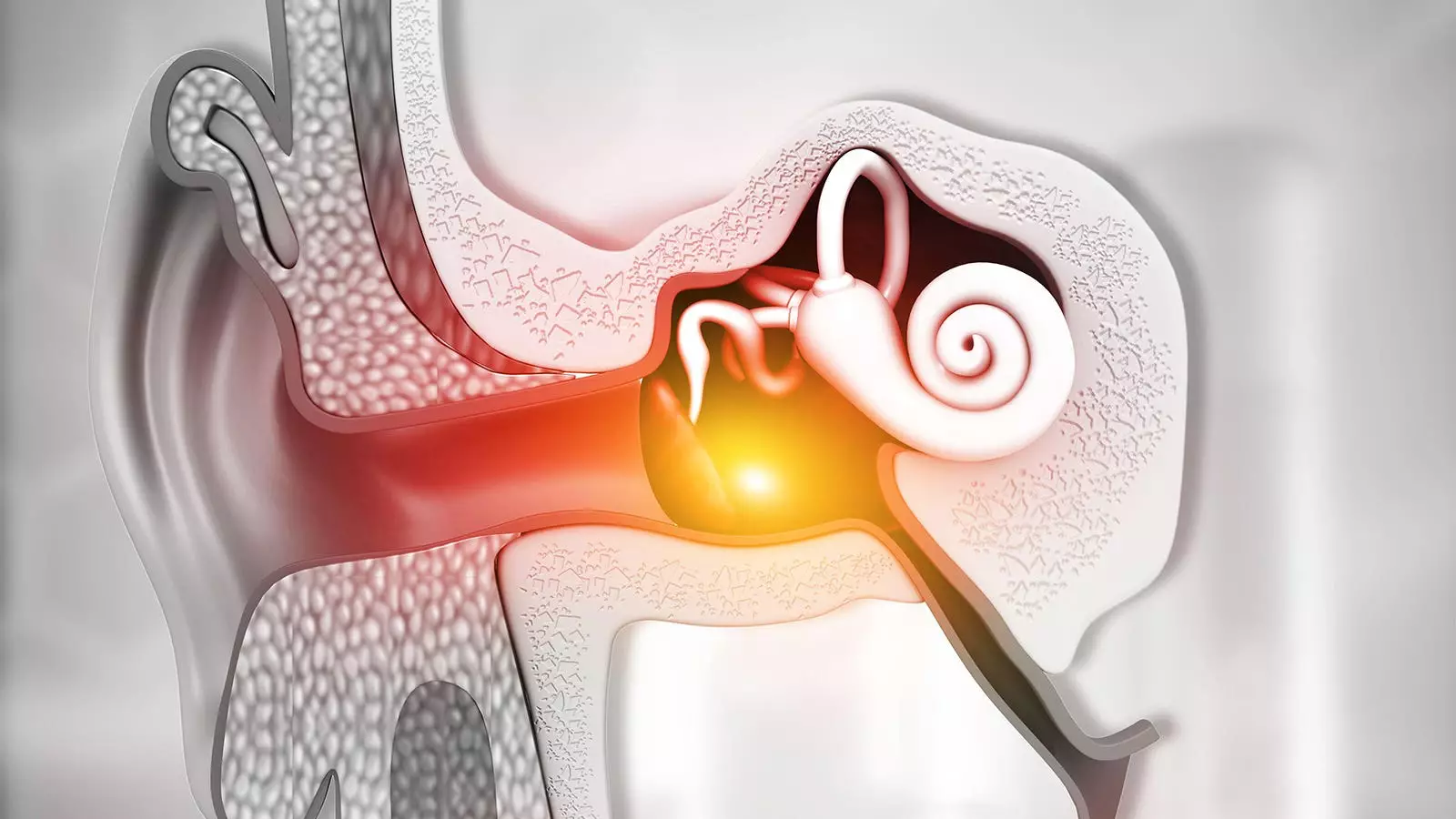Recent research has delivered compelling insights into the interplay between hearing loss and the risk of developing Parkinson’s disease, a neurodegenerative condition characterized by motor and non-motor symptoms. A comprehensive study involving over 3.6 million U.S. veterans has identified a notable correlation, suggesting that the severity of hearing impairment is associated with an escalating risk of Parkinson’s disease in a dose-dependent manner. This article delves into the findings of the study, the implications for intervention strategies, and the need for further research.
The research, spearheaded by Dr. Lee Neilson and colleagues from the Oregon Health & Science University, tracked the medical records of veterans who underwent audiometry tests from 1999 to 2022. The participants, predominantly men (96%) with an average age of 67, displayed varying degrees of hearing loss, ranging from normal hearing to severe-to-profound impairment. Notably, the study excluded individuals with preexisting Parkinson’s disease or missing data, thereby providing a clearer view of the relationship between hearing loss and the subsequent development of the neurological condition.
Over an average follow-up period of 7.6 years, the study revealed that veterans with even mild hearing loss faced a heightened risk of developing Parkinson’s disease compared to those with normal hearing. The hazard ratio was calculated at 1.26 for participants with any degree of hearing impairment, signifying a 26% increased risk associated with hearing deterioration. The results highlighted that the risk intensifies with the severity of hearing loss, illustrating a concerning trend that calls for attention.
The findings are particularly significant as they add to the growing body of evidence linking hearing loss to neurodegenerative diseases. Not only does this indicate a potential pathway for disease progression, but it also underscores the importance of early interventions. The study noted a 21.6-case reduction in incident Parkinson’s disease in individuals who received hearing aids within two years after their initial audiogram. Remarkably, this reduction illustrates that proactive measures could mitigate the risk of developing Parkinson’s significantly.
Dr. Neilson pointed out that while other factors linked to neurodegeneration, such as olfactory deficits, have been identified, hearing loss stands apart because it can be addressed through suitable interventions like hearing aids. The opportunity to reduce Parkinson’s risk through management of hearing health adds a new dimension to preventative healthcare strategies.
Despite the groundbreaking nature of the findings, the study is not without its limitations. As it exclusively analyzed data from U.S. military veterans, the demographic characteristics—predominantly white and male—may limit the generalizability of the results to the wider population. Additionally, the researchers acknowledged potential confounding factors, such as exposure to ototoxic medications, which could not be measured in the study.
Moreover, while the association between hearing loss and Parkinson’s disease risk is compelling, the research did not explore the underlying mechanisms that might explain this connection. Further investigations are necessary to unravel how hearing impairment could influence neurodegenerative processes and whether interventions such as hearing aids have a direct effect on these mechanisms.
In light of these findings, there is a pressing need for systemic changes in how we approach hearing health, particularly among older adults and those at risk for neurodegenerative diseases. Screening programs that identify hearing loss early on could be crucial in implementing timely interventions that may curb subsequent health deterioration.
Dr. Neilson placed emphasis on the importance of this dual approach—screening for hearing loss and taking immediate action. He suggested that with just 462 individuals needing treatment with hearing aids to prevent one case of Parkinson’s disease in a decade, the public health implications could be profound. This proactive stance on hearing health represents an accessible, non-invasive means of potentially reducing overall healthcare burdens associated with Parkinson’s disease.
The link between hearing loss and an increased risk of developing Parkinson’s disease raises important questions regarding the nature of neurodegenerative diseases and the role of sensory impairments in their progression. As we advance our understanding in this area, it becomes crucial to prioritize early intervention strategies, promote public awareness, and conduct further research to uncover the mechanisms at play. The potential to lower Parkinson’s risk through hearing loss management could revolutionize the way we approach neurodegenerative disease prevention.


Leave a Reply